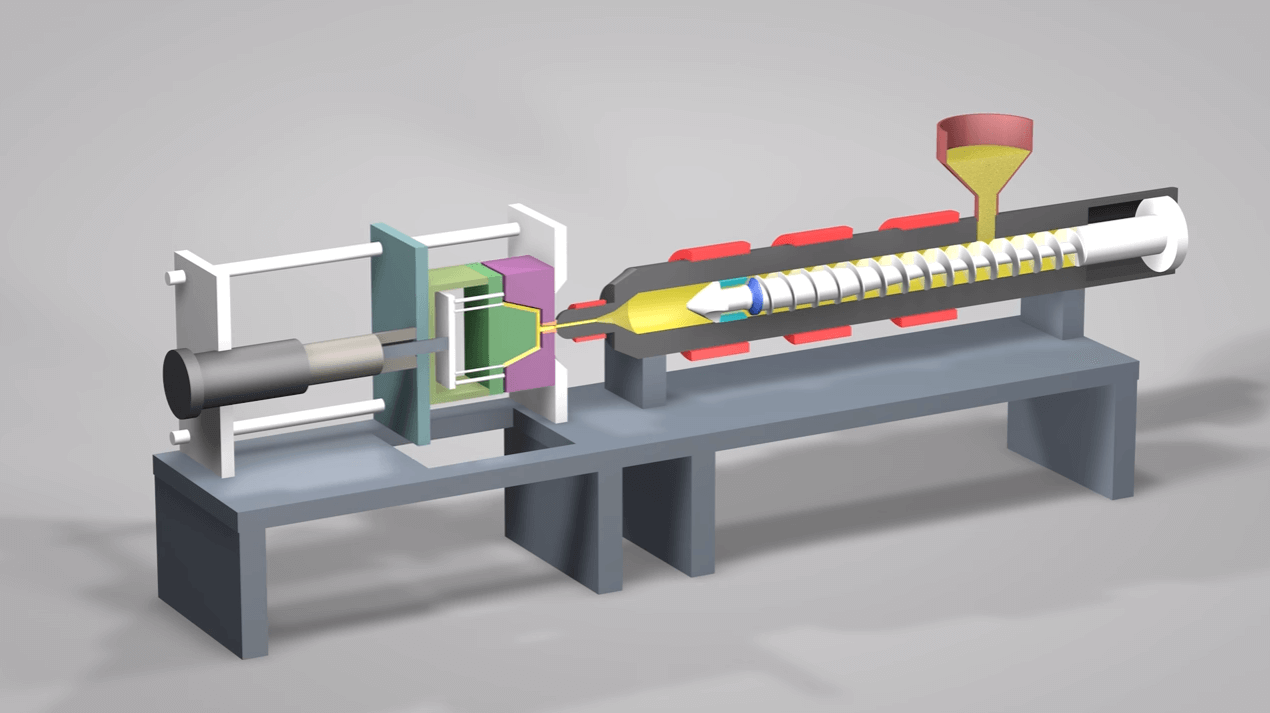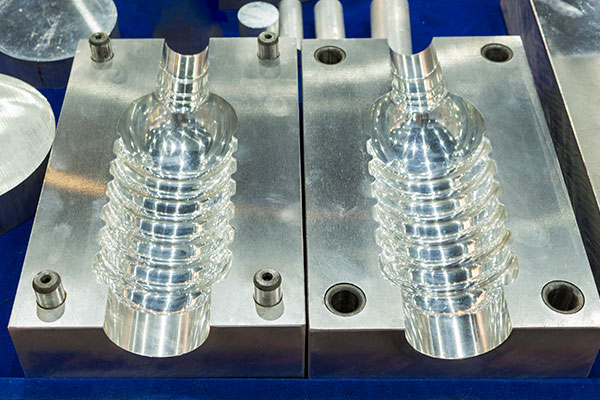Exploring the Future of Plastic Injection Molding in the Production Sector
Exploring the Future of Plastic Injection Molding in the Production Sector
Blog Article
Recognizing the Fundamentals of Plastic Injection Molding Processes
Plastic injection molding serves as a cornerstone of modern production, offering a systematic method to producing complex components with accuracy. Checking out these necessary components might expose how even small changes can lead to considerable improvements in production end results, increasing concerns about the possibility for advancement in this recognized process.
What Is Plastic Shot Molding?
Plastic injection molding is an extensively used production process that changes thermosetting and polycarbonate materials right into precise and intricate shapes. This method is preferred for its capability to generate high volumes of similar components with outstanding accuracy, making it a vital method in different sectors, including vehicle, consumer items, and clinical gadgets.
The process includes thawing the chosen plastic material and infusing it right into a mold and mildew under high pressure. The mold, made to the specifications of the preferred component, permits the molten plastic to materialize as it strengthens and cools. When the product has actually set, the mold is opened, and the completed part is expelled.
Plastic shot molding offers several advantages, consisting of lowered waste, uniformity in manufacturing, and the capability to incorporate elaborate styles that might be testing with various other making approaches. In addition, it sustains a wide array of products, each providing unique properties that can be tailored for particular applications. As industries continue to innovate, plastic shot molding continues to be at the center, making it possible for the growth of innovative items that satisfy developing consumer demands.
The Injection Molding Process
The injection molding process is a sophisticated technique that involves a number of crucial stages to produce premium plastic elements. At first, plastic pellets are fed into a heated barrel where they are merged a viscous liquid. This molten plastic is then injected under high stress into a precision-engineered mold, which forms the product into the wanted kind.
When the mold is loaded, the plastic is enabled to strengthen and cool down, taking the shape of the mold and mildew dental caries. Cooling time is essential, as it affects the cycle time and the last buildings of the molded part. After adequate cooling, the mold and mildew opens, and the ended up element is ejected making use of ejector pins.

Materials Used in Injection Molding
Various materials can be made use of in the shot molding procedure, each offering special buildings that deal with details applications. One of the most generally made use of products include thermoplastics, thermosetting plastics, and elastomers.

Thermosetting plastics, like epoxy and phenolic materials, go through a chemical adjustment during the healing process, resulting in a stiff, stringent structure. These materials are perfect for applications calling for high heat resistance and architectural integrity, frequently made use of in auto parts and electrical insulators.
Elastomers, consisting of silicone and rubber-based products, provide versatility and strength. Their unique residential properties make them ideal for applications that demand elasticity, such as seals and gaskets.
Furthermore, specialized materials like bio-based plastics and composites are getting grip for their ecological benefits visit and enhanced performance qualities, expanding the extent of shot molding applications in numerous sectors. Recognizing the residential or commercial properties of these materials is vital for picking the ideal kind for specific projects.
Benefits of Shot Molding
Shot molding attracts attention as a very reliable production procedure that uses many advantages for creating complex parts with precision. One of one of the most significant benefits is the ability to create intricate layouts that would certainly be difficult or impossible to achieve with various other approaches (Plastic Injection Molding). The procedure permits tight resistances and thorough functions, guaranteeing top quality components
In addition, injection molding is known for its quick production capabilities, making it an excellent option for high-volume manufacturing. As soon as the mold is created, components can be produced promptly, decreasing preparations and boosting overall performance. This effectiveness not just reduces manufacturing expenses yet likewise provides a competitive side out there.
The versatility of products made use of in injection molding better improves its allure. A large range of thermoplastics and thermosetting polymers can be utilized, permitting producers to pick materials that finest fulfill their particular needs, including versatility, warmth, and strength resistance.
Furthermore, the procedure decreases waste, as excess material can typically be reused and recycled. This sustainability aspect contributes to a minimized ecological impact, making injection molding an accountable manufacturing option. On the whole, the advantages of injection molding make it a favored approach for several industries.
Elements Impacting Item High Quality
While countless variables can influence product quality in injection molding, understanding these elements is essential for accomplishing ideal results. Secret elements include material selection, processing parameters, and mold design.
Product option plays an essential duty, as various polymers show special properties that influence flowability, toughness, and thermal security. Insufficient material choice can lead to defects such as warping or incomplete filling.
Handling specifications, consisting of pressure, temperature level, and cycle time, need to be thoroughly managed. Variations in these setups can lead to variances partly dimensions and surface area finish. As an example, exceedingly heats may create deterioration of the polymer, while inadequate stress can lead to short shots.
Mold design is similarly essential, as it determines the circulation of the molten plastic and the cooling process. Inadequately developed molds might lead to irregular cooling prices, leading to dimensional errors and residual stress and anxieties.

Final Thought
To check out this site conclude, plastic shot molding works as an important production procedure that allows the effective production of top notch parts. Proficiency of the injection molding process, official source including the understanding of materials and the impact of numerous variables on item high quality, is vital for accomplishing ideal results. The benefits of this approach, such as cost-effectiveness and style versatility, further underscore its value throughout several industries, strengthening its standing as a favored choice for high-volume manufacturing.
Plastic shot molding serves as a keystone of contemporary manufacturing, providing a systematic method to producing intricate elements with precision.Plastic shot molding provides numerous advantages, including minimized waste, consistency in manufacturing, and the ability to incorporate detailed styles that may be testing with other making approaches (Plastic Injection Molding). As markets proceed to introduce, plastic injection molding stays at the forefront, allowing the development of sophisticated items that satisfy evolving consumer needs
The injection molding procedure is a sophisticated method that involves a number of vital stages to generate top quality plastic parts.In conclusion, plastic injection molding offers as a crucial production procedure that allows the reliable manufacturing of premium parts.
Report this page